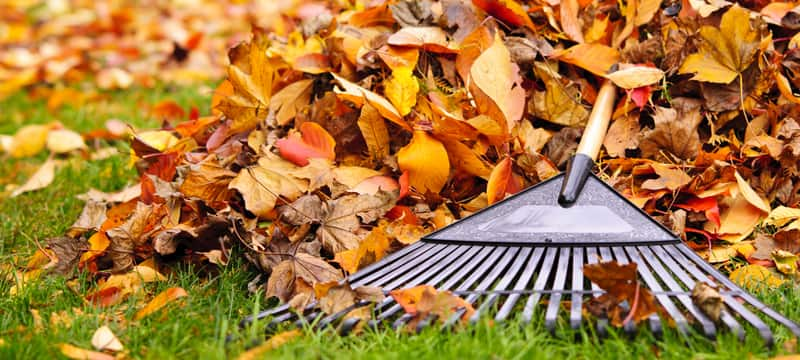Garden prep is a favorite activity for many gardeners in the fall. Many of them can’t wait to turn the fresh soil. As a gardening enthusiast, the prepping you do in the fall will go a long way to ensure a smooth start to the coming growing season. Furthermore, working the garden soil in the fall can be a pleasant experience, unlike the tedious springtime preparations.
Benefits of Prepping Your Garden in the Fall

Tilling or spading the soil in the fall allows the thawing and freezing winter conditions to naturally break the soil into crumby particles conducive for spring planting. Also, the soil is usually damp in spring, making it very difficult to work it. Soil that is worked when wet, forms clods, which makes planting a challenging activity. You should, therefore, till your garden in the fall to give the wet soil ample time to disintegrate during winter, improving its texture for smooth planting.
Fall tillage also allows you to test your garden soil and apply the necessary additions, such as potassium and phosphorus, to improve its quality. Between fall and spring, there is ample time to add compost and other organic materials, which decompose to enhance the structure and texture of your garden soil.
Before letting yourself loose into a winter sleep and locking up those garden tools, below are a few garden soil prepping tips you can use this fall to enhance your next growing season.
1. Clean up and Dispose of Old Garden Debris
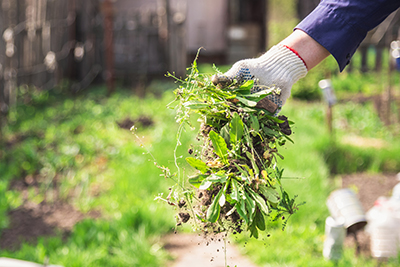
There’s more to a garden clean-up than just making it neat. You should remove any old plants that harbor pests and diseases. Bag such debris and dispose of them at a recycling center, where better-equipped experts can handle them. If the weeds had already started seeding, carefully cut off the seeds, so they are not dispersed throughout your garden as you attempt to pull the weeds out.
Tilling a weed-filled garden will only double your weed problem in the next growing season. This is because the tiller breaks down the seeds, increasing the number of seedlings sprouting the following season. You can improve your soil quality by composting the disease and pest-free old plant debris and adding it back to the soil as organic manure.
2. Till the Garden

Tilling your garden opens up the soil structure to stimulate microbial activity in the soil and improve drainage. If you intend to plant fall cover crops, give the crops a nutrient boost after tilling the compacted soil in the fall. Autumn tillage loosens the soil while incorporating the organic matter and fertilizers added into the soil.
However, it is critical to understand that tilling stimulates microbial activity that consumes organic matter. If your garden is located in an area with sand or clay soils with low organic matter, use the no-till methods. Tilling such gardens will only degrade the soil. Instead, add a layer of compost after clearing the old garden debris before planting a cover crop.
3. Test Your Garden Soil
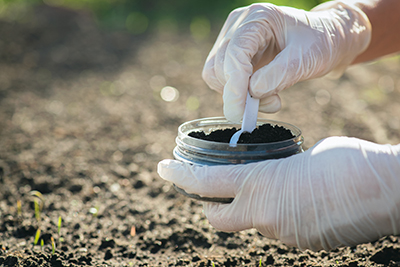
Your garden is only as good as your garden soil. If the soil lacks essential nutrients, then your crops won’t grow or yield properly. To ensure you have well-fed plants, you’ll want to ensure your garden soil contains sufficient nutrients. If you are not sure what nutrients to add to your garden soil, test it. A soil testing kit will help you know the nutrients deficient in your soil. This way, you will know which nutrients to add to your garden.
Various nutrients are crucial for optimum plant growth and yield. However, plants require three primary macronutrients, namely, phosphorus, potassium, and nitrogen. You can also send a soil sample to your local agricultural extension for testing. A DIY soil testing kit is simple to use and gives instant results. The beauty of testing your soil in the fall is that you will have adequate time to make the necessary adjustments before spring.
4. Add Soil Amendments
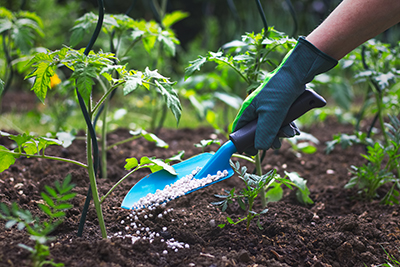
Now that you know your garden soil’s fertilizer needs, it’s time to add the amendments. Applying fertilizers during fall ensures the nutrients will be readily available for your plants in the spring. The pH is an integral aspect of your garden soil’s productivity. Using garden soil test results as a guide, add sulfur to lower the pH or use agricultural lime to raise the pH.
Application in fall works best since these amendments need about 12 weeks to alter your soil’s pH level. The amendments should be spread over the surface of the garden bed and worked into the top layer of the soil. Repeat the tilling process to ensure the added fertilizers are evenly distributed throughout the soil.
5. Pile on the Leaves
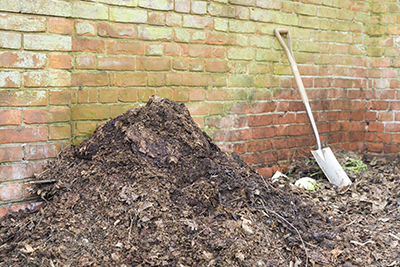
Use a rake to collect all the fallen leaves in your home compound and dispose of them in the garden. These leaves can be used as mulch in your garden to improve the soil structure. Fall is the perfect time to mulch as you can trap sufficient moisture and warmth. Various mulching materials can be bought, but an organic mulch of leaves works just fine.
Organic mulch is preferred because it suppresses the weeds, locks in moisture, and feeds the topsoil as the leaves decay. To successfully suppress the weeds, you need about 10cm of organic mulch. The amount of organic mulch you use in your garden will depend on the volume of leaves you can gather. Even a thin layer of organic mulch will go a long way to improve the soil structure.
6. Plant Cover Crops
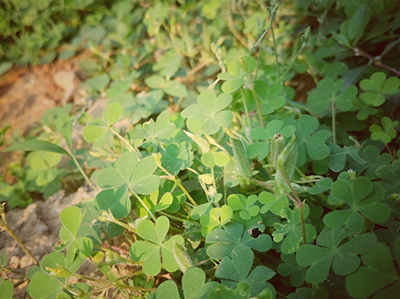
Early fall is an excellent time to plant cover crops like clover, vetch, and rye. These plants are the best solution to cover and feed your garden soil. By planting cover crops, you enable your garden to grow its own organic matter. Cover plants remove excess water, draw up nutrients from the subsoil, and return organic matter and nitrogen into the soil when turned under during the growing season.
Although planting cover crops may seem daunting, it is easier than you may think. Apart from helping your soil retain fertility, these crops eliminate compaction and prevent soil erosion. Depending on the climate and species of your cover crops, the timing of sowing the seeds can vary. However, these crops require planting one to two months before the first frost.
Bottom Line
Whether you are a seasoned gardener or a novice, the most critical thing to do to your garden is improve its soil quality, and fall is the best time to do it. The soil quality plays a significant role in improving your garden’s productivity. Therefore, it is crucial that you take time to improve your soil in the fall.
This will make your life much easier next spring. Little efforts to improve your garden soil will make a huge difference in enhancing its ability to support healthy crops and retaining adequate water. It will also help your crops fend off stresses such as diseases and pests.




